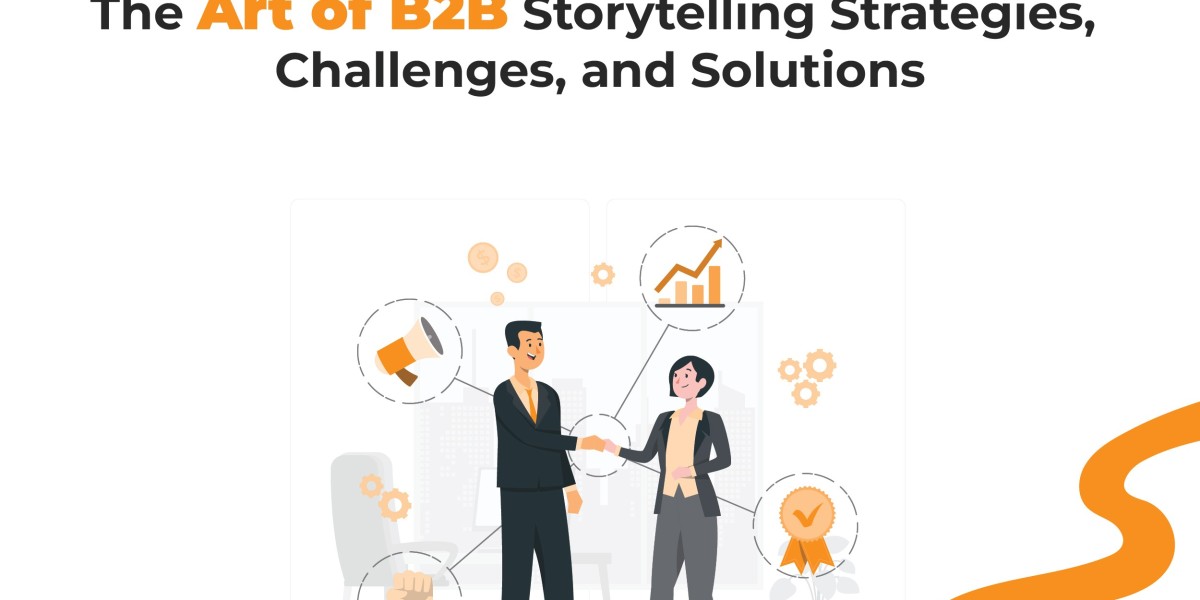In the increasingly crowded B2B landscape, brands face an ongoing challenge to stand out and establish themselves as industry leaders. While delivering innovative products or services is essential, thought leadership is what truly sets an organization apart. Storytelling is a powerful tool to achieve this, enabling B2B brands to connect with their audience, build credibility, and cement their authority.
Why Storytelling Matters in Thought Leadership
At its core, thought leadership is about showcasing expertise, sharing insights, and providing value to your audience. Storytelling elevates this by turning complex ideas into relatable, engaging narratives. In B2B, where decisions are often logical and data-driven, stories inject a human element, making your brand more relatable and memorable.
Stories resonate because they reflect challenges, successes, and aspirations that others can relate to. For instance, sharing how your brand overcame a specific challenge can inspire others while subtly showcasing your expertise. When done well, storytelling doesn’t just inform—it influences and inspires action.
Building a Compelling Narrative for Your B2B Brand
To position your brand as a thought leader, your storytelling must be intentional and strategic. Here are key steps to consider:
1. Identify Your Unique Perspective
Thought leaders don’t just repeat what’s already known; they offer fresh insights and perspectives. Start by identifying the unique challenges your business addresses and how your approach differs from competitors. Your perspective forms the foundation of your thought leadership narrative.
2. Know Your Audience
Understanding your target audience’s pain points, goals, and preferences is essential. Whether you’re speaking to C-suite executives, procurement teams, or industry peers, your stories should align with their priorities and resonate on a personal level.
3. Use Data to Back Your Stories
In the B2B space, data adds weight to your narrative. Pair anecdotes with relevant statistics, research, or case studies to demonstrate credibility. For example, if you’re addressing supply chain efficiency, sharing real-world results from a client success story can drive your point home.
4. Be Authentic
Authenticity is the cornerstone of impactful storytelling. Share real experiences, acknowledge challenges, and be transparent about the lessons learned. Audiences value honesty and are more likely to trust a brand that’s genuine.
Storytelling Formats for Thought Leadership
Storytelling isn’t limited to blog posts. Here are several ways to incorporate storytelling into your thought leadership strategy:
- Whitepapers and Ebooks: Use narratives to explain industry trends or complex concepts.
- Webinars and Podcasts: Share your stories in real-time, engaging audiences through conversation.
- Case Studies: Showcase how your solutions have made an impact.
- Social Media: Post short, compelling anecdotes that highlight your expertise.
- Keynote Speeches: Deliver stories that inspire and educate industry peers.
Measuring the Impact of Storytelling
Thought leadership isn’t an overnight success; it’s a long-term investment. Track metrics such as engagement rates, audience growth, and inquiries to gauge how your stories are resonating. Feedback from your audience can also provide insights into what’s working and where to refine.
Conclusion
In the world of B2B, thought leadership is the bridge between being a service provider and becoming a trusted authority. Storytelling amplifies this transition by humanizing your brand and demonstrating your value in a way that data alone cannot. By weaving authentic, insightful narratives, your B2B brand can inspire trust, foster loyalty, and solidify its position as a thought leader in the industry.









